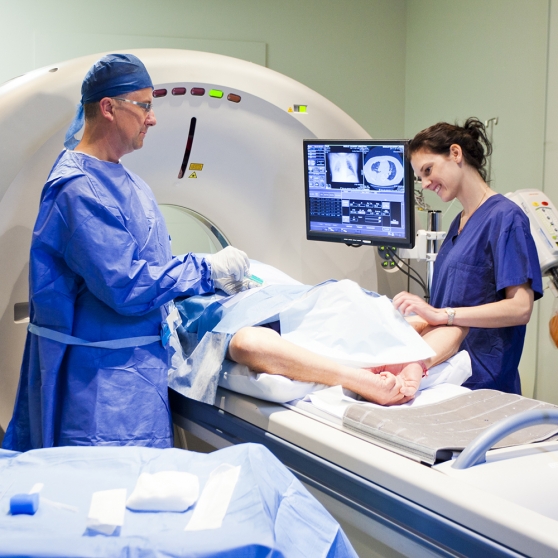Understanding Chiari Malformations
According to the Chiari and Syringomyelia Foundation, an MRI should be used to properly diagnose CM. A special test called a cine-MRI can also be performed to improve the certainty of diagnosis. Due to a recent increase in MRI imaging, some medical professionals have speculated that CM may actually be more common than originally thought. However, it is hard to know exactly how common because some children do not exhibit signs until adolescence. While CM occurs more often in women than men, type 2 is more prevalent in certain groups, especially people of Celtic descent, according to the National Institute of Neurological Disorders and Stroke.
Reviewed by:
Review Date:
August 4, 2015Citation:
CSF, "What is Chiari I Malformation (CM)?" NIH, "Chiari Malformation Fact Sheet" Neuroscience Online, "Overview: Functions of the Cerebellum" Conquer Chiari, "Chiari FAQ's" CARTA, "Foramen Magnum Placement" Columbia Neurosurgeons, "Chiari Malformation" Johns Hopkins, "Chiari Malformation" AANS, "Chiari Malformation" Chiari & Syringomyelia Foundation, "About Chiari Malformation" National Organization for Rare Diseases, "Chiari Malformations" Weill Cornell Brain and Spine Center, "Chiari Malformation" University of Chicago Medicine, "Chiari Malformation Type I" Image courtesy of Designua | Dreamstime.com Image courtesy of Andrei Malov | Dreamstime.com Image courtesy of Dml5050 | Dreamstime.com Image courtesy of Puwadol Jaturawutthichai | Dreamstime.com Image courtesy of Dml5050 | Dreamstime.com Image courtesy of Epstock | Dreamstime.com Image courtesy of Alexander Podshivalov | Dreamstime.com
Last Updated:
August 4, 2015
